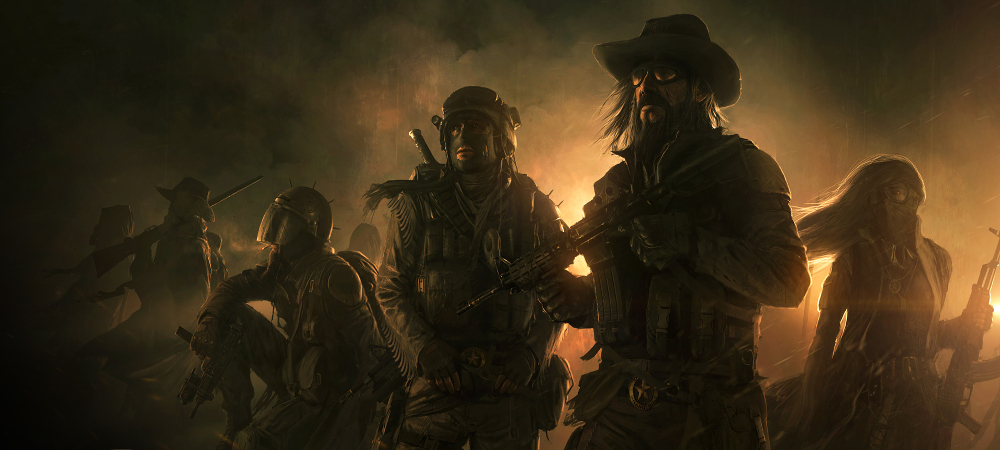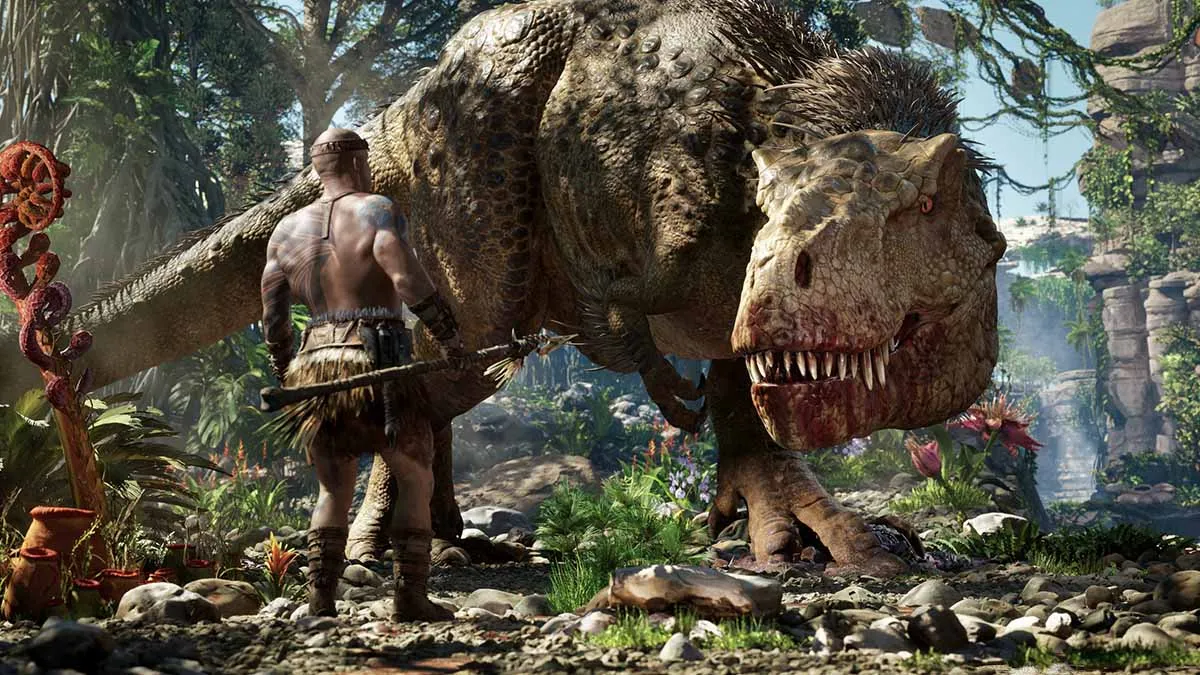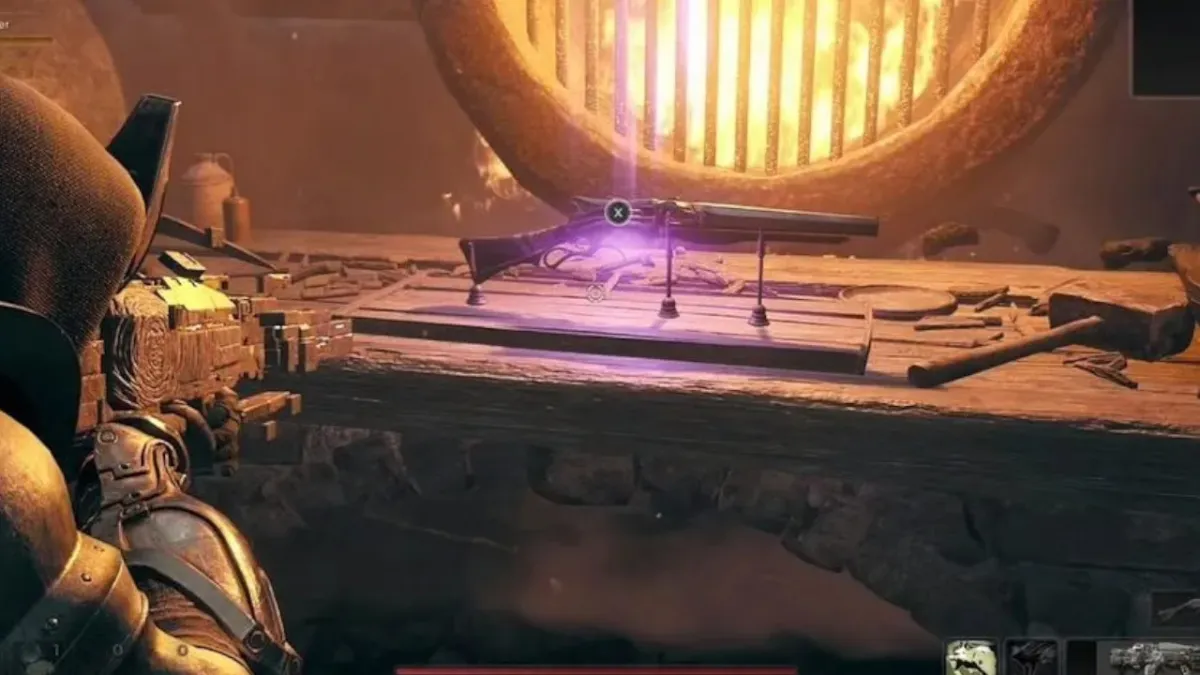Brian Fargo talks fulfilling the trust of fans and the pressures of crowdfunding games
Take a moment and think about your dream game. You’ve probably been thinking about this for awhile. It’s always in the back of your mind. Whenever you see new a title promising to do what your dream game does, you wonder if it can possibly reach it. Your dream game, it feels fleeting and impossible, but the joy and wonder it evokes is still real and raw.
Suddenly, you’ve been given the chance to make you dream game real. Friends look to you and hope you won’t screw things up. Now you’ve got strangers invested in it. With so many people now following you, watching you, wanting you to make your game, it puts an enormous amount of pressure on you.
Sounds nerve wracking, right? This is all too real for Brian Fargo and his development studio inXile Entertainment. Two years after an enormously successful Kickstarter for Wasteland 2, they’re quickly approaching the time for its release. We were invited to meet Fargo during his press tour for the game. During our talk, we learned just how much inXile and the creator are putting on the line with this revival of a classic post-apocalyptic adventure.

The original Wasteland was released in 1988 for the Commodore 64, PC DOS, and Apple II. Players were dropped in the role of a Desert Ranger, the peacekeepers in post-apocalyptic USA. Set in the Southwest of North America, the game tasked you with exploring and combating the dangers of life after a nuclear war. As a choice-driven game, you can freely explore the ruins of the old world while forging your own path in the grim future. I know what you’re thinking: this sounds like Fallout. That’s because Fallout was a successor to Wasteland.
“I think Wasteland, in a way, was one of the first sandbox type gameplays,” Brian Fargo said. Taking influence from the then-popular Ultima series, the post-apocalyptic setting was an enticing change of pace for many. Fargo and his team at Interplay wanted to allow players to make their story and choose where they wanted to go. Years after work on Wasteland, Interplay went on to create Fallout, which was a spiritual successor to Wasteland, set in post-nuclear-war USA.
Fargo and his team at Interplay had always been interested in creating a direct sequel to Wasteland, but licensing issues and fickle publishers prevented them. “I didn’t know what I was going to do with the company at the time. Honestly, I just stopped pitching titles to publishers,” Fargo said. “After hearing so many horror stories, it was just a waste of time.”

Following the success of DoubleFine’s Kickstarter project, which would become Broken Age, many others raced to create their own Kickstarter campaigns. While there were many that would not make it, inXile’s own campaign would prove to be another success story for the crowdfunding site. With close to $3 million dollars raised from over 60,000 backers, Kickstarter allowed Brian Fargo and inXile to get a second chance at making the game they’ve always wanted.
“We’ve been given such an incredible opportunity,” Fargo said. Because of this — and the high rate of failure and/or disappointment of most Kickstarter projects — the developers at inXile wanted to pull out all the stops and make the game that would surpass expectations.
“I wanted to make sure we over-deliver and go beyond anyone’s expectations for what they thought they were gonna get,” Fargo said. “For me, not only from my backers that put faith in me, but other fellow developers who said ‘don’t screw this up, Brian. You know you need to do a good job.’
“What a lot of people don’t know is I’ve spent twice as much money than we raised on the Kickstarter on this project to just blow it out all the way, to do something just huge in scope.”
As a direct sequel to Wasteland, players will join the ranks of the Desert Rangers and explore the post-apocalyptic landscapes of Arizona and Los Angeles. You will be able to create a brand new character with unique skills and weaponry, acquire loot and allies, and explore both hand-crafted and procedurally-generated locations with their own unique quests and events.

“The budget for this game is much closer to five million, but that’s because I poured in more of my own money and money from our sales from Bard’s Tale and sales from Early Access, because I wanted to do something more ambitious. We could’ve kept it at the Kickstarter budget, but I wanted to knock this out of the ballpark and have people point and say ‘that’s what Kickstarter can do!’ So I felt it was worth the risk.”
And going all out was exactly what they did. They filmed a live-action opening cinematic featuring cosplayers from a post-apocalyptic convention in the desert of Nevada. They used a children’s choir to sing gospel songs for the dangerous and God-fearing cult of Samson. Much of the game is voiced, bringing out words from writers who have written for the original Wasteland, Planescape: Torment, Fallout, and Baldur’s Gate. The developers want the narrative to be the centerpiece of Wasteland 2‘s design.
“With Chris Avellone, Colin McComb, Nathan Long, Michael Stackpole, we take writing very seriously,” Fargo said. There are over 500,000 lines of written dialog. “We feel it adds so much to the game and I feel it needs to be taken seriously. We have more words in this game than the Lord of the Rings trilogy.
“For Wasteland 2, I like to call it a narrative sandbox game,” Fargo said. “We’ve written all of these different threads based upon what you’ve done in the narrative. You can make any choice spin off in any different way. On top of that, you can shoot anyone you encounter.

“I think the elements of ‘old-school’ [lots of choice and variables] are timeless. All this cause-and-effect gameplay, the subtlety of detail, the nuance of the humor — good cause and effect is the hallmark of any game. By virtue of the design, when you do something, it turns something else off. I had a very famous game designer in my office a month ago, and he said ‘why would you do that, create all that stuff that most people won’t encounter?’ and I said that’s the charm of what it is.”
Fargo was adamant about allowing players to have total freedom in how they express themselves in Wasteland 2. This mandate is apparent even in the beginning moments. After watching the burial of a fallen Desert Ranger during the opening cinematic, players can choose to desecrate the grave once gameplay starts.
Even after warnings from General Vargas, a returning character from the original game, players can choose to proceed with violating the grave. All ally NPC characters in the area will open fire on your squad, ending the game before it even properly begins. While most players will never see this scenario, the developers felt it was important to have so players can choose to express themselves in anyway they see fit.
“I think about a sandbox game like Grand Theft Auto as the ultimate sandbox, you can go pump weights, get tattoos, you can jack an airplane. You can do whatever you want, but it doesn’t really affect the narrative structure, the missions are exactly the same. There’s nothing wrong with it, but it’s a different kind of thing.”
There was a lot of candid talk between Fargo and I about promises from other games with open-ended experiences. While it was clear that he had an enormous respect for the talent at other studios, there was still a feeling of skepticism when discussing the potential that other games aspire towards. In that respect, this is something that Fargo wishes not to fall short on.
“A lot of games promise to do it,” Fargo said about offering flexibility in choices. “But we’re really delivering on all that stuff. The game is so large in scope, you can play this game over and over again for more than ten years. My president is still finding new content even after 700 hundreds hours of gameplay.”

One of the least-talked-about aspects of game development through Kickstarter is the perpetual state of anxiety the developers are in. With your development under a microscope by fans and press alike, this level of transparency is unprecedented for traditional game development. Unlike developing games through a publisher, you’re beholden to your backers. And there’s no greater low than getting their buyer’s remorse.
“The first scary risk for me was that we were committing to talking about and showing things that were not in their final state. You know how when these people come out with a game, and there’s this first impression and that you can never get out of this hole of the first impression? That was a risk, and we wanted their feedback, but it worked.”
Fargo was so anxious about the initial reveal of Wasteland 2‘s gameplay video back in February 2013 that the potential development of their next title was dependent on the reception to the video.
“If the first gameplay demo for Wasteland 2 didn’t play well for the fans, then I wouldn’t have done the Kickstarter for Torment,” Fargo explained. “It’s completely, 100% based on trust. For me, I’ve never had more pressure in my life. I can’t imagine what would happen had I not been able to deliver. You’d be done right at that point.”
Fortunately for them, the video was well received by backers and newcomers alike. Emboldened, they started a second Kickstarter campaign for the successor to Planescape: Torment a month later, which found even greater success. It brought in over $4 million from over 70,000 backers.
“When you’re utilizing the power of the crowd and really listening to them, it’s really powerful because you’re vetting the great ideas and getting them from a lot of different sources,” Fargo said. “That has paid off great, and Early Access has been an adjunct of that too.”
With the advent of Steam’s Early Access, the extra feedback from direct play has served as a boon for inXile. “Going back to the old days of Fallout, we would just make the game, do our best instinctively and keep our fingers crossed, but now we’re getting it out there and taking all the feedback that you would usually get post-launch. So we got it all moved up to the front without having people beat on it after release.”
With the rise of the internet and the organization of online communities, the constant communication has served as great tool for the developers, but also a reminder of a shift in power. “Think back in the late ’90s, if people had a problem with the game, they’d have to do a letter-writing campaign. The consumers had zero power in the ’90s, but now (with social media and the internet), they have all the power.”

Fargo and his team’s collective experience helped them handle the demands of game development, publishing, and communication simultaneously. However, on the morning of our interview with Fargo, the Kickstarter for Areal, which received a lot of press for its development and business practices, had just imploded. This was a rather timely reminder of the results of mismanaged production funded publicly. And Fargo offered some harsh, if helpful, truths about folks looking to get into making a game through Kickstarter for all the wrong reasons.
“I’ve said this before about Kickstarter, it’s not the place to cut your teeth and learn how to make a game. I don’t think it’s good for that,” Fargo said. “Because once you’ve gone out and failed, you’re publicly flogging yourself out there. It’s gonna be harder to start another project, and it might even hurt you finding a job. Who knows, right? He’s the guy who took your money and failed to deliver. You don’t want to be that guy. So I think it’s a horrible idea for people to cut their teeth on their first project on crowdfunding. However, once you’ve done production for awhile, then it’s easier to do.”
Fargo is still optimistic about the future of development through crowdsourcing. “That’s why Kickstarter is so perfect, because the mid-level developer was disappearing for the most part. You have the big AAA guys, then the small indie-developers making the smaller titles like Goat Simulator and all that stuff. There are games like [Wasteland 2] that can’t be made with three or four guys and so [crowdfunding] does allow for games like this to be made.”

The release of this title means a great deal for all those involved. Not only is it the return of an influential and much-loved title, but it’s also a game that feels like a blast from the past that’s adapted and accommodated the skills and tricks from the modern day.
“We’ve put our heart and soul into this game, I’ve put my own money into this, my guys have been working seven days a week, and I haven’t even gone on my honeymoon,” said Fargo. “My wife wants to kill me, she’s been waiting two years for our honeymoon.”
While the game is now available on Early Access, the official launch of Wasteland 2 should come in September, 26 years after the release of the original. It looks like Kickstarter is about to get another success story. And for inXile Entertainment, that means another shot at making something memorable.




